Tucked away from the crowds is a seaside town that is perfect for a weekend escape. The ‘underrated’ destination is full of history and has an ‘enormous food scene’
As temperatures soar to a sizzling 30C, Brits are flocking to their favourite coastal spots to bask in the sun and enjoy the refreshing sea breeze. But before you rush off to the usual hotspots like Brighton or Margate, consider exploring some of the lesser-known seaside gems that are teeming with life.
Time Out has ranked the best seaside towns and unveiled a hidden treasure that’s often overlooked due to its more famous neighbours.
Nestled away from the bustling crowds is the quaint town of Deal in Kent. With its cosy charm, breathtaking coastal views, and an unexpectedly lively food scene, it’s the ideal location for a weekend getaway.
Time Out praised Deal as a “Proper seaside town with a creative community and really great food. The travel guru went on to say: “It’s smaller and less well known than its ever-popular Kentish neighbours Margate and Whitstable, but overlooking little Deal would be a mistake. Stretching along the seafront and an enormous pebble beach, Deal is a gem.”, reports the Express.
Deal is characterised as “quaint, quirky, and one of the most charming coastal towns in Kent.” The town is steeped in history, boasting a variety of maritime exhibits at the Deal Museum and the Timeball Tower Museum, as well as ancient castles.
Visitors can stroll along Deal’s historic pier and take in a view that has remained virtually unchanged for over a century. The town also has a rich history, with its narrow streets and alleyways once infamous for 18th-century smuggling, according to Visit South East England.
The pebbly shores of a British beach have earned an impressive 4.2 bubbles on TripAdvisor, despite not boasting the golden sands many might expect beside the clear blue sea.
One visitor raved about their experience: “Lovely clean beach…..of shingle, not sand. Ideal for swimmers and families. Seafront is clean and accessible, being very flat and with a smooth surface.”
They continued to praise the area, saying, “Ideal for all, from runners, cyclists, dog walkers, those in wheelchairs and disabled. There are plenty of places to stop with benches along the seafront. Nice looking pier that is flat and easy to walk on with buggies and wheelchairs. Again, with plenty of seating.”
A local resident added their thoughts: “Well, I live in Deal, 500 yards from the beach, so I can’t say anything bad about it. The beach is huge and stretches for several miles between Kingsdown and Sandwich. At the height of summer, the beach is never crowded.”
However, they did offer a word of caution: “Be aware that the beach is very stony and is quite steep down to the water. The water current is fairly strong when the tide is running, and you can very quickly get out of your depth.”
Adding to the allure, Time Out has spotlighted Deal’s culinary scene, stating: “It’s dotted with delicious places to eat, buzzy places to drink and gorgeous places to look at or buy beautiful things. Try 81 Beach Street, wine bar Le Pinardier and Smugglers Records for starters.”
81 Beach Street reigns as Deal’s top dining spot on TripAdvisor, boasting over two decades on the scenic seafront. Their commitment to local produce shines on their webpage, proclaiming their passion for the freshest ingredients from Deal and Kent’s local small businesses.
They say: “Put together by one of the most experienced and talented kitchen teams in the area, there is always a great choice of fresh, creative plates; meals that taste as good as they look!” The eatery’s menu tempts with a variety of freshly prepared fish specials along with succulent steaks and juicy burgers.
A gourmet reviewer at Muddy Stilettos praised the restaurant: “It’s a real crowd pleaser and would appeal for a lunchtime gathering with family, and equally a fun and foodie-filled destination for a date night.”
Other hot recommendations from TripAdvisor include The Sea View and V Gastropub & Bar.
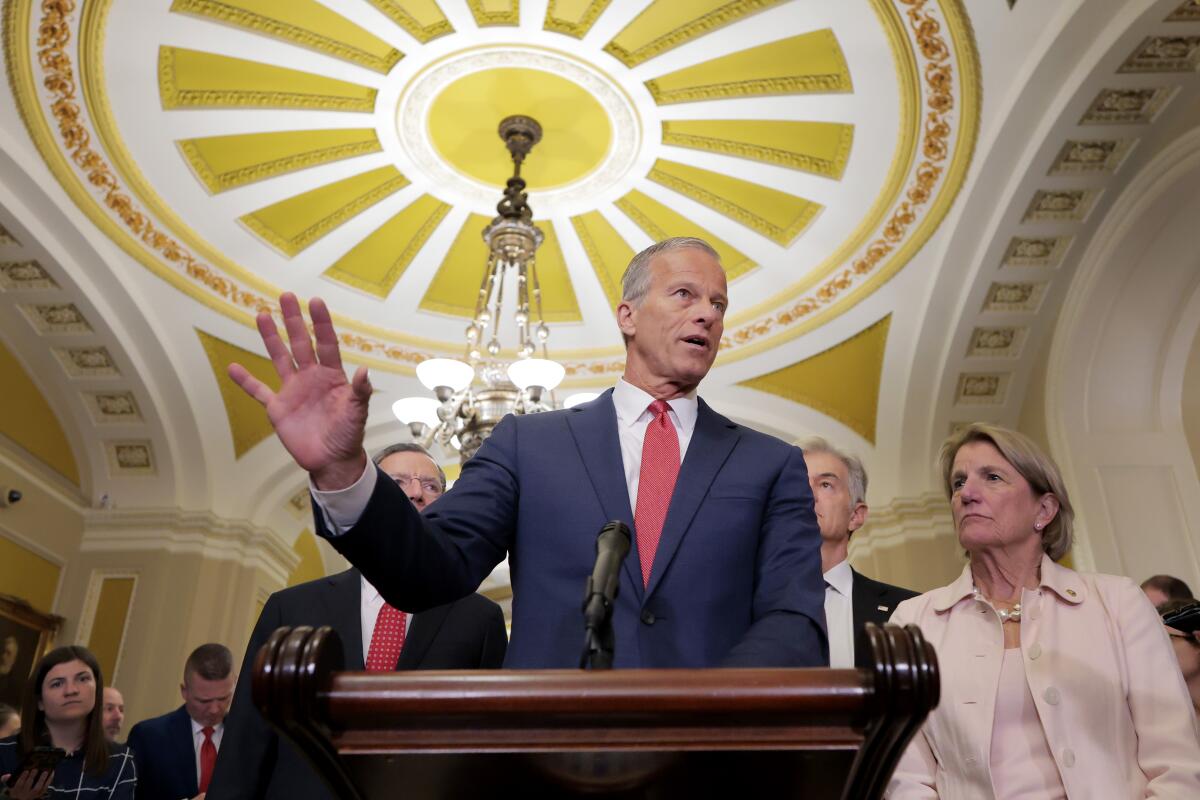


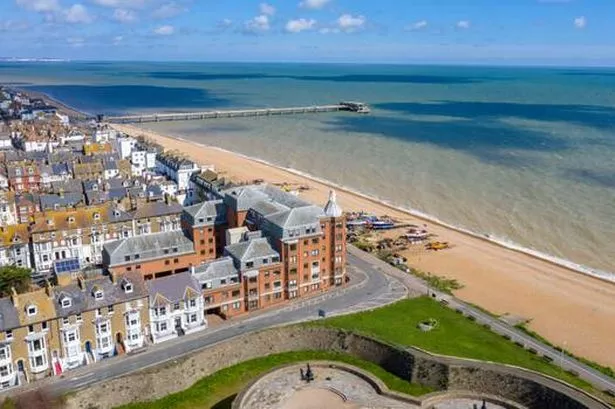
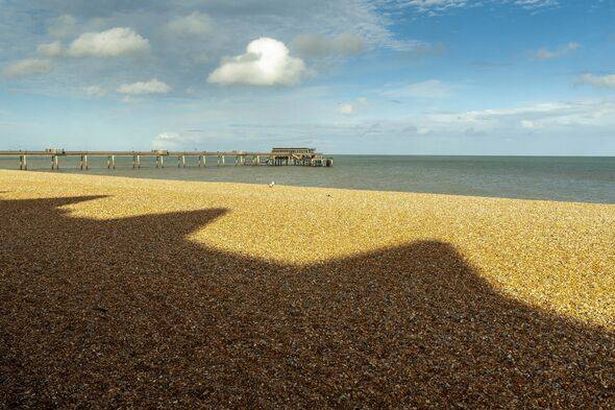

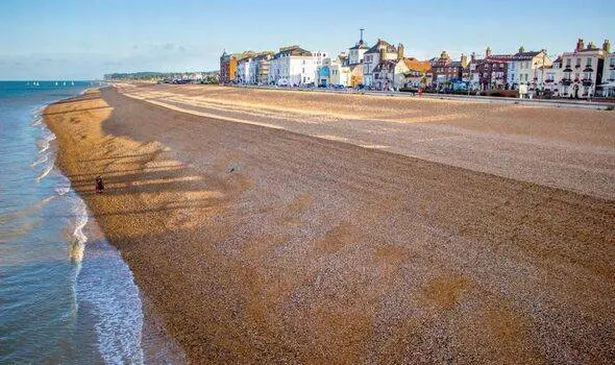














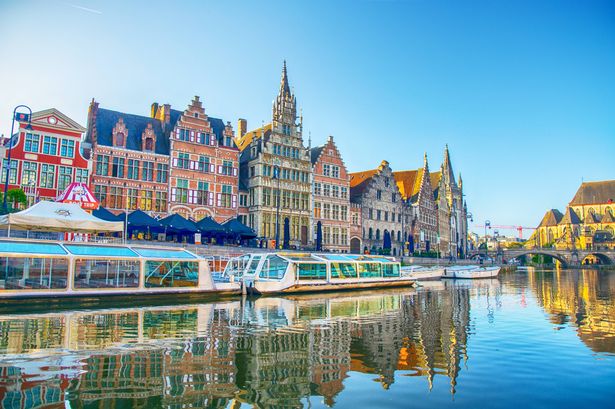
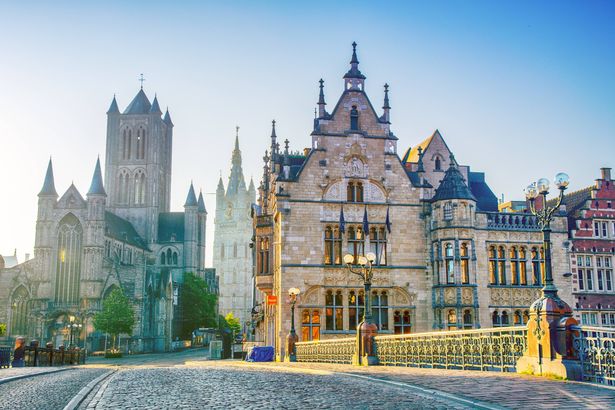





![Prince’s lyrics are personal and often have to do with overcoming pain, trying to be successful and live the “good life.” [Michela Moscufo/Al Jazeera]](https://www.occasionaldigest.com/wp-content/uploads/2025/06/IMG_5788-2-1748242592.jpg)
